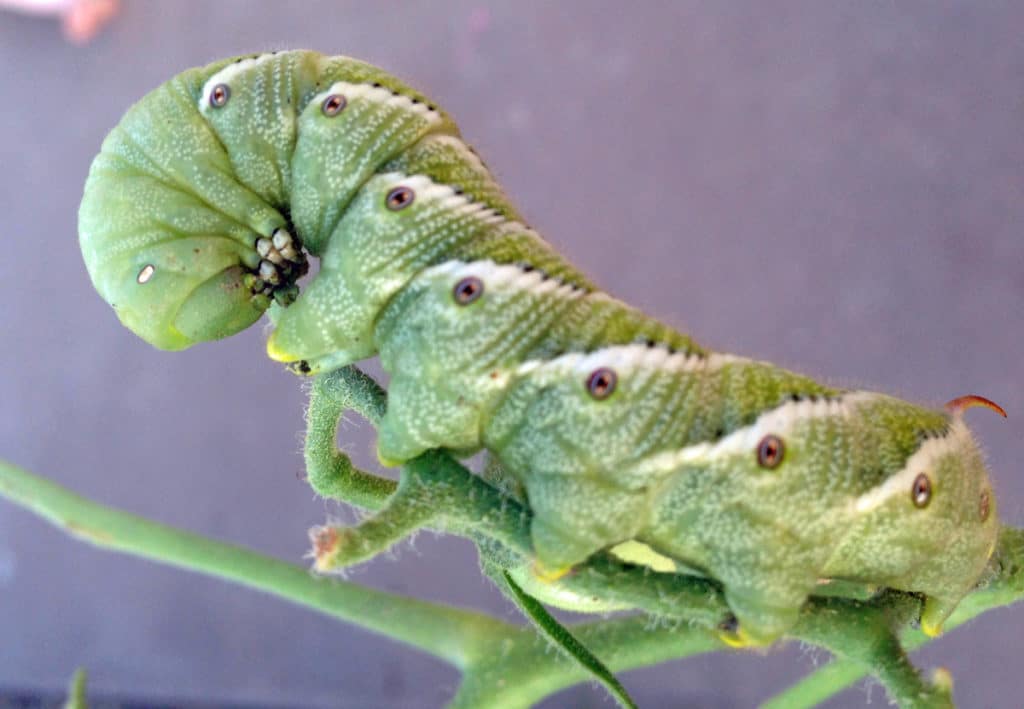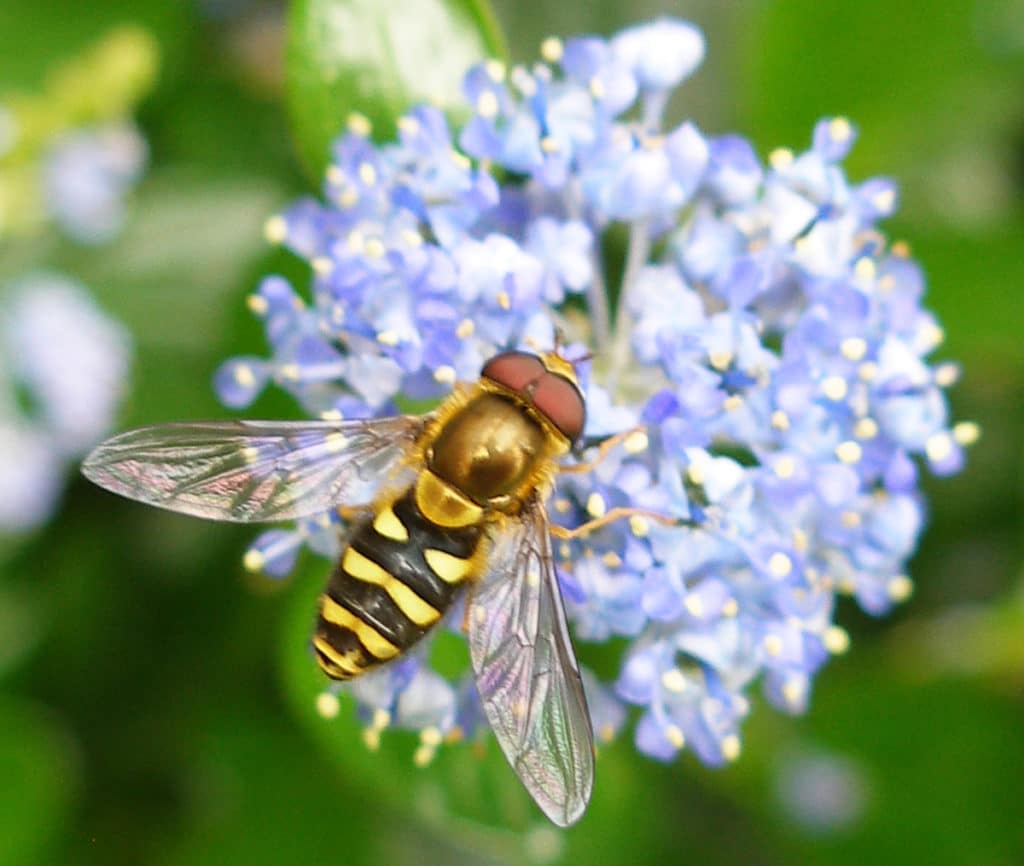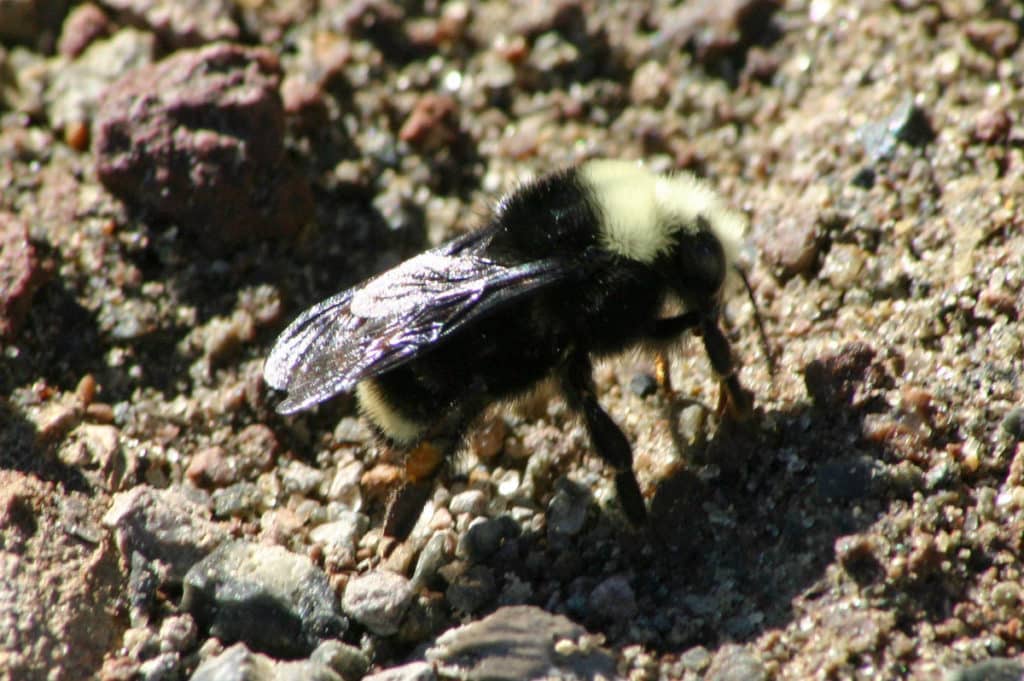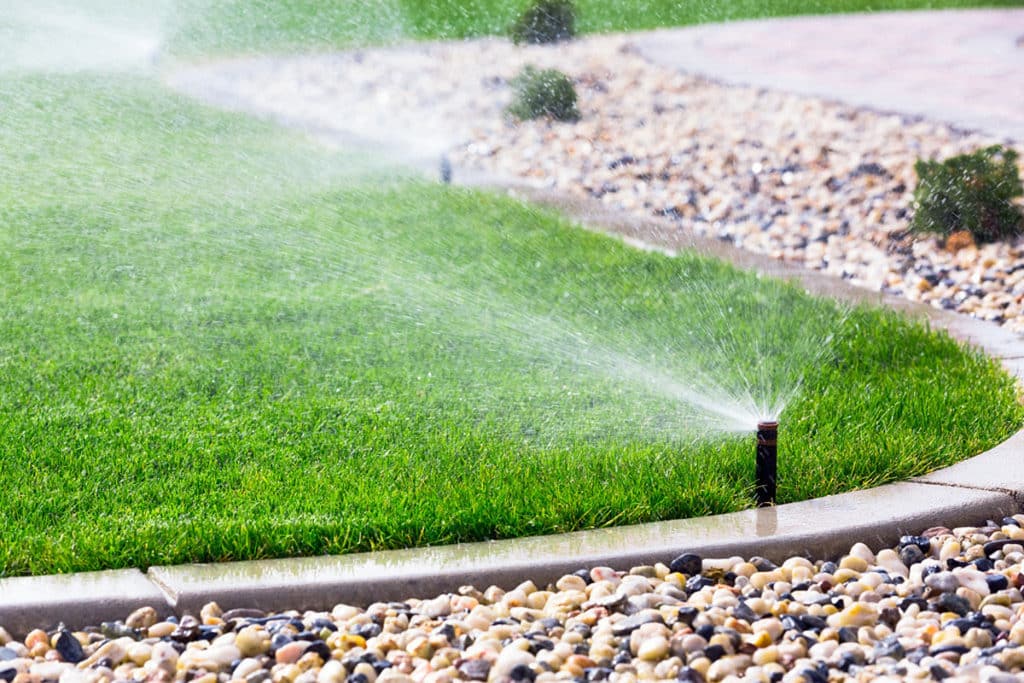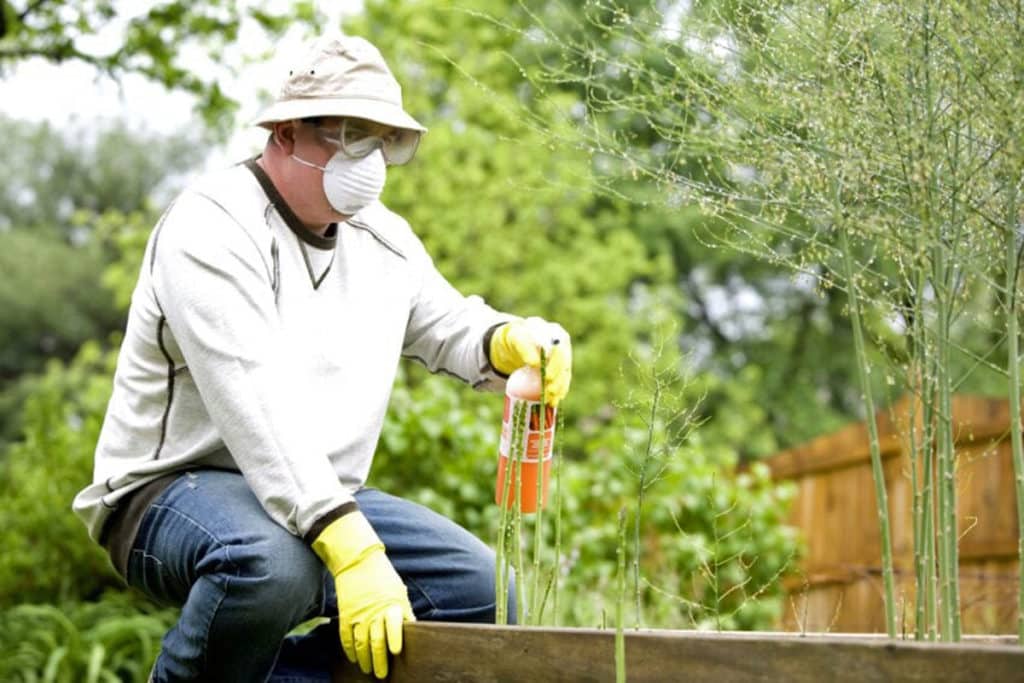Those Wild Turkeys
Did you catch the spring spectacle of male turkeys gobbling and strutting their stuff to attract the attention of hen turkeys? Males often court in groups, with the dominant male gobbling, spreading his tail feathers, drumming / booming, and spitting. In my neighborhood there’s a huge flock with a least a half dozen of them […]
Those Wild Turkeys Read More »


